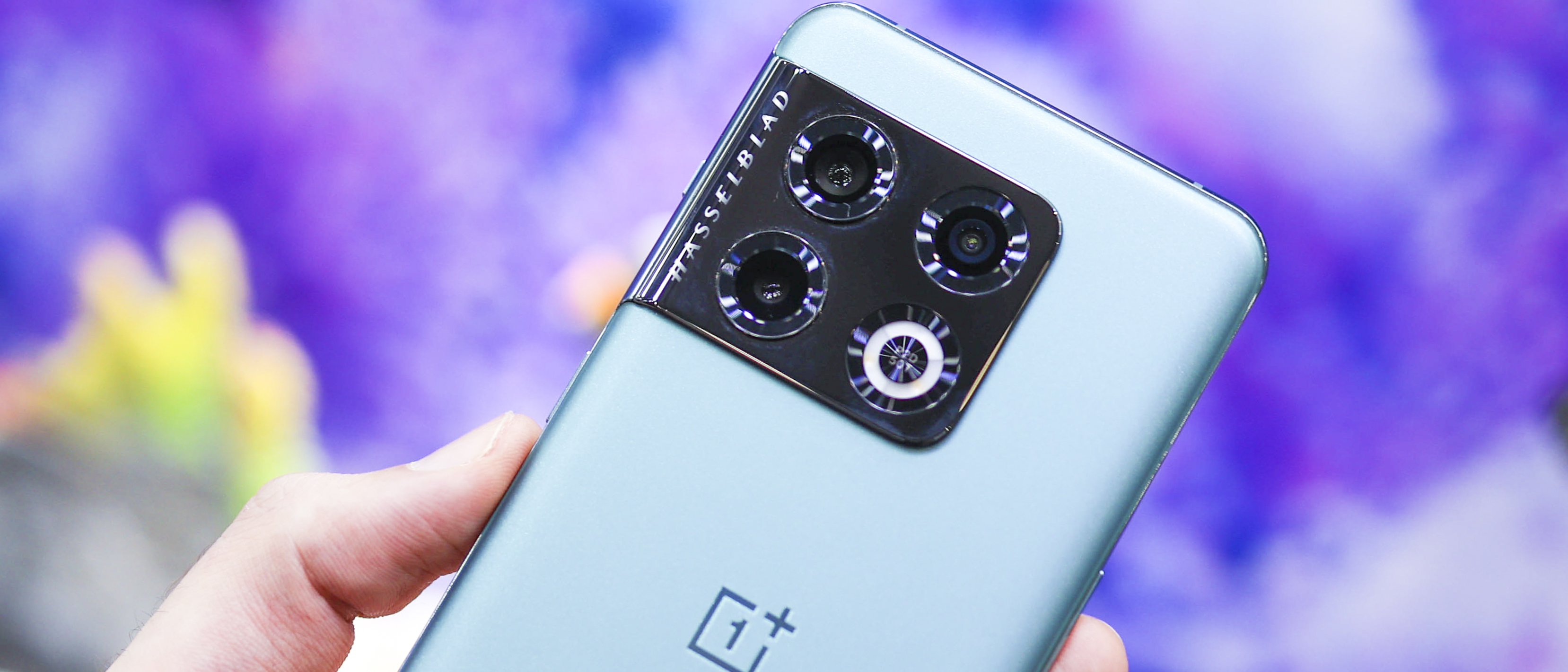Digital Camera World Verdict
The OnePlus 10 Pro is a great smartphone. It’s reasonably priced, has flagship specs, and a stunning screen. While its camera mix isn’t class-leading, it does capture an expansive 150º field of view, takes rich, warm photos, and its videos look good too. Despite not being perfect, therefore, it’s easy to recommend for gamers and streaming video fans who need a brilliant display, ample power, and a capable camera phone with a few compromises.
Pros
- +
Bright, bold, brilliant screen
- +
Cool, fast flagship power
- +
Ultra-wide field of view is huge
- +
Cheaper than 9 Pro on launch (UK)
Cons
- -
Ultra-wide lacks autofocus
- -
No 150° video
- -
Inconsistent colors across cameras
- -
No IP68 water resistance
Why you can trust Digital Camera World
OnePlus announced its flagship 10 Pro smartphone in China at the end of 2021, but the phone has only just seen a global launch, with availability in Europe, India, North America, and the UK announced over three months later.
This updated global version of the 10 Pro is loaded up with Google Play Services and Oxygen OS – OnePlus’s global interface for Western users, and we also have international pricing too. The phone starts at $899 / £799, which undercuts both the Xiaomi 12 Pro and the Pixel 6 Pro in the UK, and matches their global/US prices. The 10 Pro also costs less than the OnePlus 9 Pro did on launch which is unexpected.
This makes the OnePlus 10 Pro one of the most affordable phones around to pack a powerful Snapdragon 8 Gen 1 processor. More than just powerful, the phone’s also got a few camera tricks up its sleeve, namely Hasselblad tuning and an incredibly wide 150º field of view.
With three cameras around the back, each from a different sensor maker – one OmniVision, one Samsung and one Sony, can OnePlus pull everything together to make another five-star flagship?
OnePlus 10 Pro design and screen
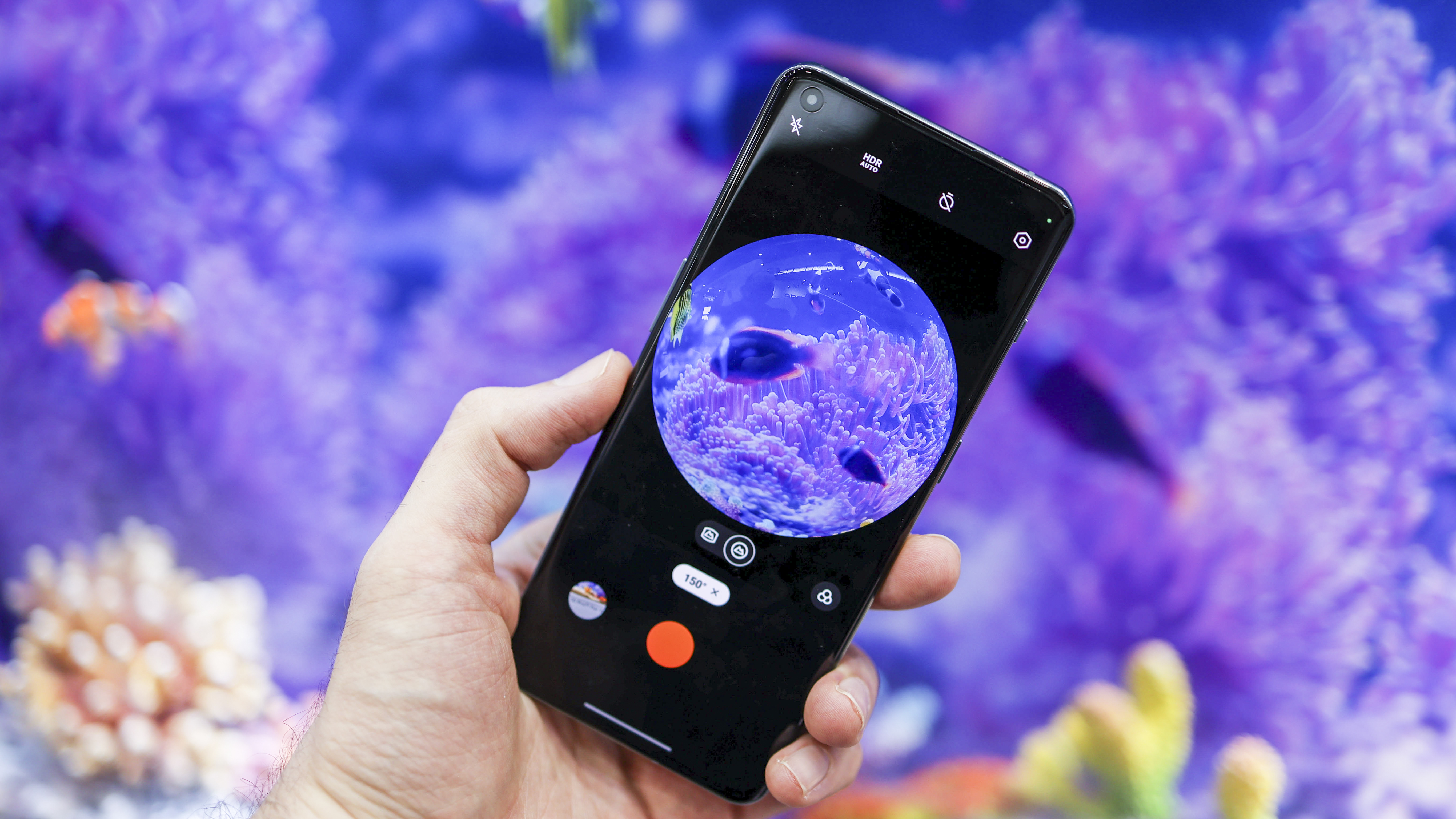
While on paper, the OnePlus 10 Pro is very similar to the 9 Pro, in the flesh they’re worlds apart to look at. The 9 Pro was glossy and reflective around the back, and the 10 Pro is matte and frosted. The 9 Pro’s camera bump was the definition of contained – compactly housing four cameras. Despite being over double the size, the wraparound camera surround of the 10 Pro fits only three cameras and echoes that of the Galaxy S21 Ultra.
Both the 9 Pro and the 10 Pro are good-looking phones, but we do prefer the 10 Pro, specifically in Volcanic Black. While the Emerald Forest green version is more attention-grabbing, that massive camera surround looks more dignified set against the lower-contrast darker option.
The front of the phone is Gorilla Glass Victus, while around the back, it’s Gorilla Glass 5, and the frame is matte aluminum. The phone feels comfortable in hand, its weighting is great, and while we didn’t love the renders when we first laid eyes on them, in the flesh, the 10 Pro has won us over.
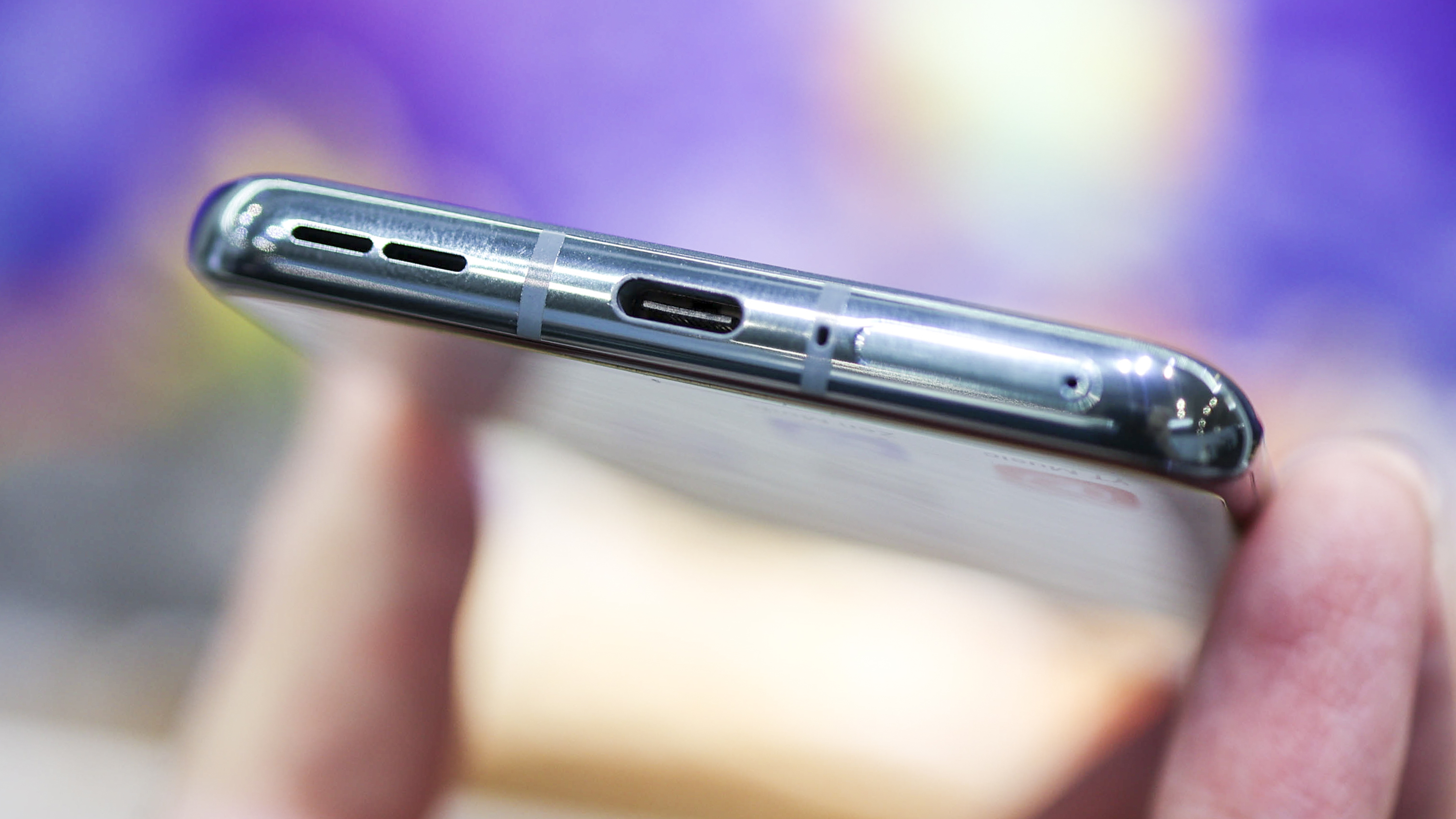
OnePlus has kept the buttons and ports predictable on the 10 Pro. There’s a USB-C port on the base, a notification slider and power button on the right, and a volume rocker to the left. The phone’s front has a pre-fitted screen protector and there’s a case in the box for added protection. That said, as with the Xiaomi 12 Pro, there’s no water resistance rating.
OnePlus’s screens have always impressed, especially on its Pro phones, and the OnePlus 10 Pro’s 6.7-inch QHD+ display features LTPO2 Fluid AMOLED technology, which is about as good as it gets.
Super-smooth, the 10 Pro can hold an image with a refresh rate as low as 1Hz, and fire up to a silky 120Hz for super-smooth scrolling to preserve power without compromising on visual performance. Set against the best out there including the iPhone 13 Pro Max and Oppo Find X5 Pro, OnePlus’s screen competes unwaveringly with bold colors, smooth motion, and deep, immersive blacks.
Cameras
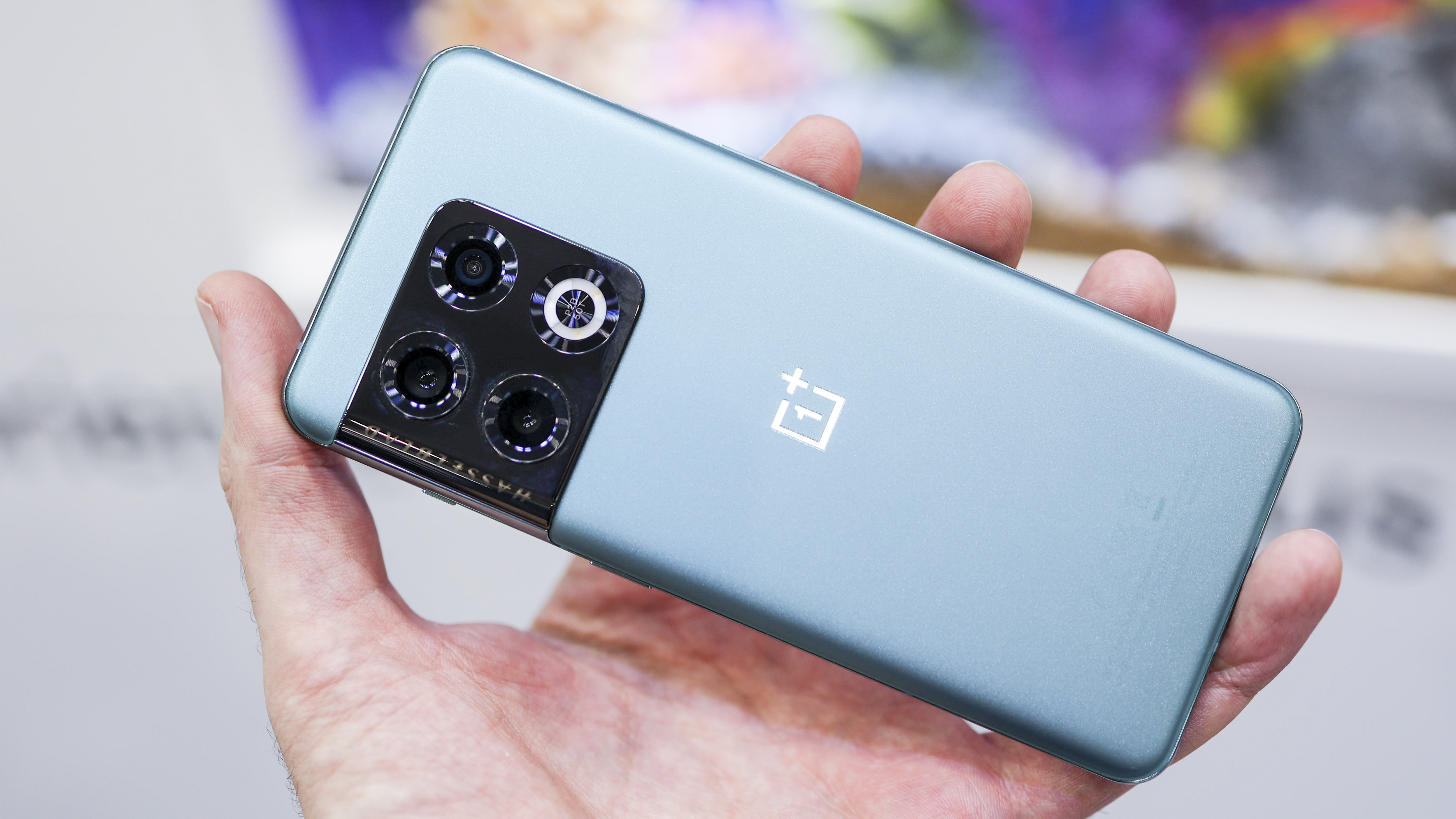
The OnePlus 10 Pro features the same large 1/1.43-inch 48MP sensor found in the Oppo Find X2 Pro and OnePlus 9 Pro – a Sony IMX789. It's matched with an f/1.8 lens, a wide 23mm focal length, and OIS.
OnePlus has ditched the flagship 50MP Sony ultra-wide of the OnePlus 9 Pro, and swapped it for a smaller Samsung sensor, an S5KJN1SQ03. Worse from a photo quality point of view with its significantly reduced pixel size, this sensor nevertheless makes the phone's expansive 150° field of view possible.



While the full 150º mode confusingly isn’t available in the 10 Pro’s main camera mode, you can activate it in the camera mode menu, and customize the interface to make it more easily accessible. Matched with a fixed-focus f/2.2 lens, subjects need to be further than one meter away to appear in focus. Frustratingly, this super-wide field of view doesn’t work for videos, only photos.
As for the telephoto camera, it’s an 8MP, OmniVision OV08A19 sensor with an f/2.4 aperture, OIS and a roughly three times zoom equivalent – the same spec module used in the OnePlus 9 Pro and 8 Pro, and a passable, but hardly top-tier flagship zoom option.
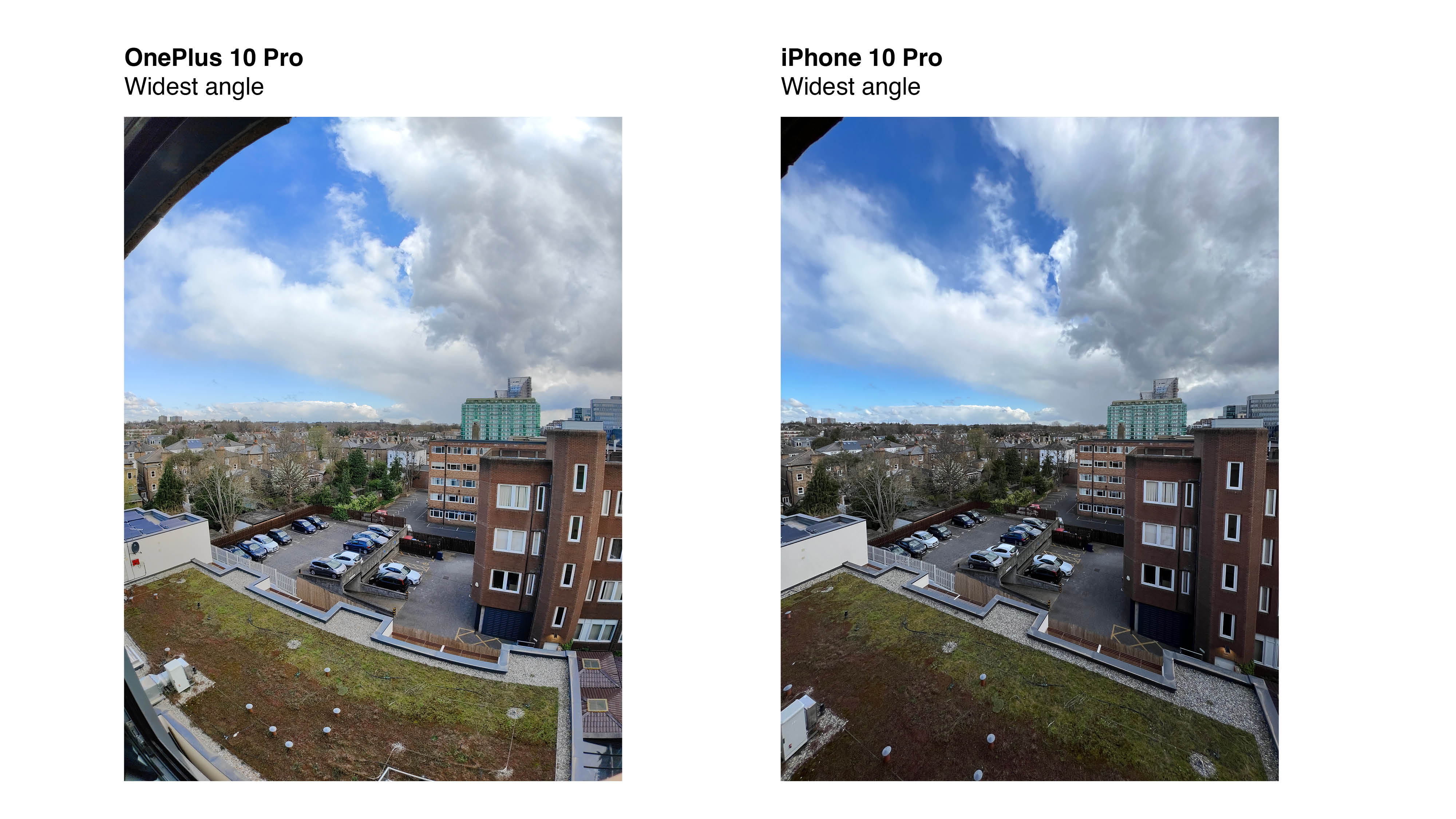
Shooting modes on the OnePlus 10 Pro are identical to those of the 9 Pro, and include Night, Video, Photo, 150º, Portrait, Hasselblad Pro, Pano, Film, Slo-mo, Time-lapse, Long exposure, Dual-view Video, Tilt-shift, and XPAN. The Hasselblad Pro mode is exactly like standard Pro modes with a few highlights – a Hasselblad colored orange shutter release button on-screen, a color-coded RGBY histogram, focus-peaking options, and the ability to capture RAW Plus photos, which is OPPO’s term for 12-bit RAW. That’s the same bit depth as the iPhone 13 Pro captures, in contrast to the Galaxy S22 Ultra, which shoots up to 16-bit RAW files.
Selfies are taken on a 32MP front camera with an f/2.2 lens, capturing videos at either 1080p of 720p. As for the main camera, it records video at 720p, 1080p, 4K (up to 120fps) or 8K resolution.
OnePlus 10 Pro camera review
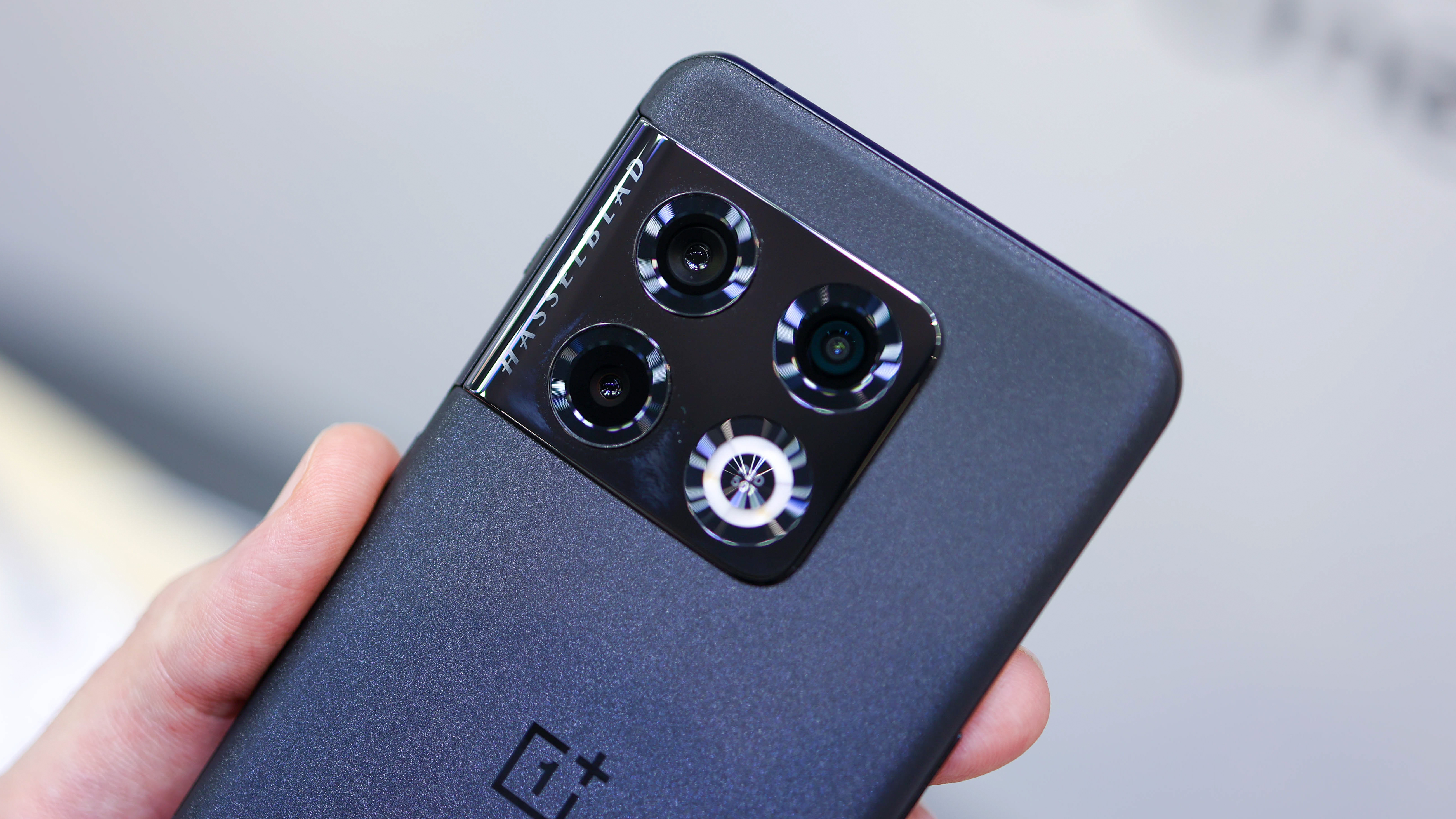
The OnePlus’s camera highs are very high – it’s ultra-wide-angle 150º camera is a serious treat, delivering an almost GoPro Hero10 Black matching field of view. Its main Sony sensor is also very good – even if it is getting long in the tooth (we first saw it in the 2020 OPPO Find X2 Pro, then the OnePlus 8 Pro and 9 Pro). The Hasselblad tuning does a great job of giving pictures punch and pop, even if it’s overkill with sharpening at times, and the shooting modes are impressive.
Unfortunately, consistency across the three cameras just isn’t there. Colors can be wildly different depending on the angle you’re shooting – unsurprising given the different sensor makers and characteristics of each camera. Low-light performance is also good from the main camera, while being weaker on the secondary cameras. It’s also a shame the ultra-wide camera doesn’t have autofocus.
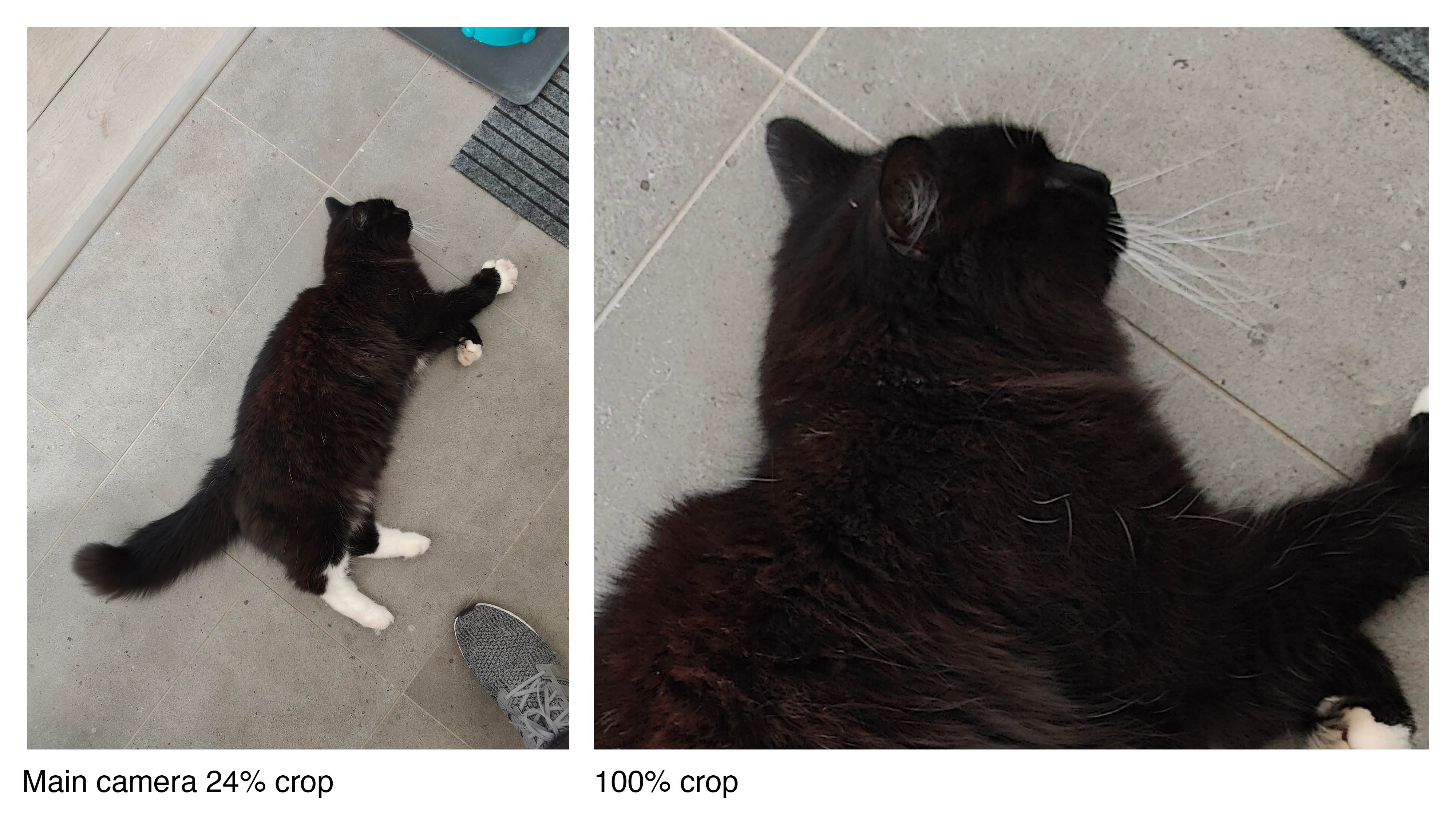
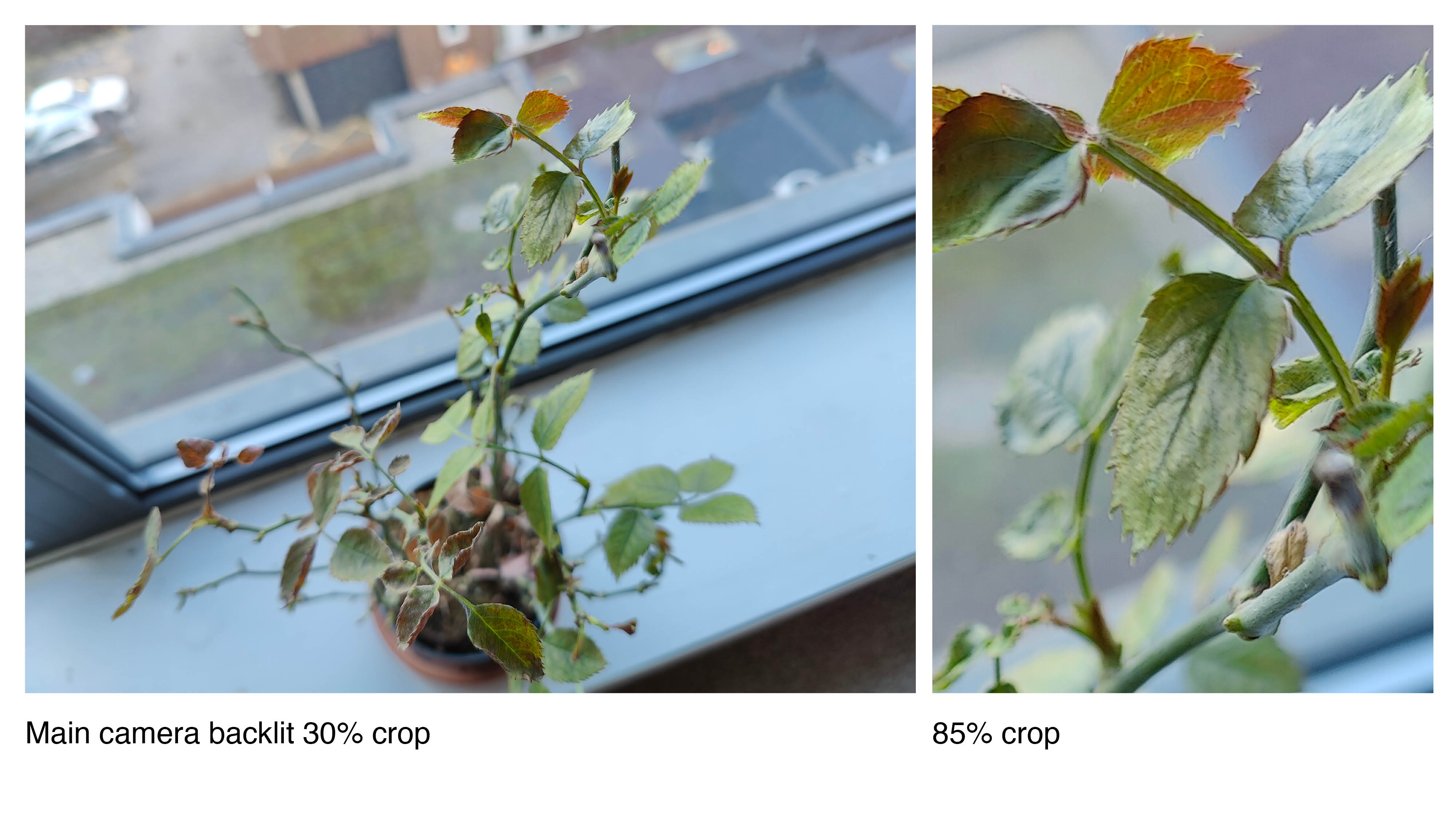
If you stick with the main camera, you can look forward to some beautiful photos. The depth Sony’s IMX 789 captures has been well documented, with a shallow focus that’s almost too much sometimes, but is beautiful when you hit its focus sweet spot. It isn’t the sharpest sensor around, but OnePlus’s post processing takes care of that with some pretty heavy-handed sharpening.
While the IMX 789 sensor was a class-leading low-light performer when it launched, it isn’t anymore, and OnePlus’s camera software isn’t as capable of conjuring up detail from shadows as that of Apple and Google when out and about. In turn, while it can get great shots in challenging scenes, about 20 percent of the OnePlus 10 Pro’s lowlight photos won’t be quite as good as we’d wish they were.


We do love shooting with the 150º ultra-wide camera on the 10 Pro. Bordering on fisheye, it’s like having a GoPro on your phone, and while the photos are stellar (particularly in good light), we’re clueless as to why the camera doesn’t capture ultra-wide video with a wider field of view than the competition. The 10 Pro’s ultra-wide video is even less wide than the iPhone, which is baffling.
As for the telephoto camera, it’s a nice to have the option and does a good job getting closer to subjects than no zoom phones like the Realme GT 2 Pro. OnePlus has also done a good job of leveling up the processing over the generations, and while the roughly three times zoom range pales in comparison to that of the Pixel 6 Pro, whose periscope camera zoom picks up more detail and natural colors, it actually competes closely with the iPhone 13 Pro Max’s telephoto camera.
Video is stable, and 4K 120fps looks good, especially in bright scenes. It’s also relatively well stabilized even at that resolution and frame rate which is impressive – with EIS working all the way up to 8K resolution.
OnePlus 10 Pro performance
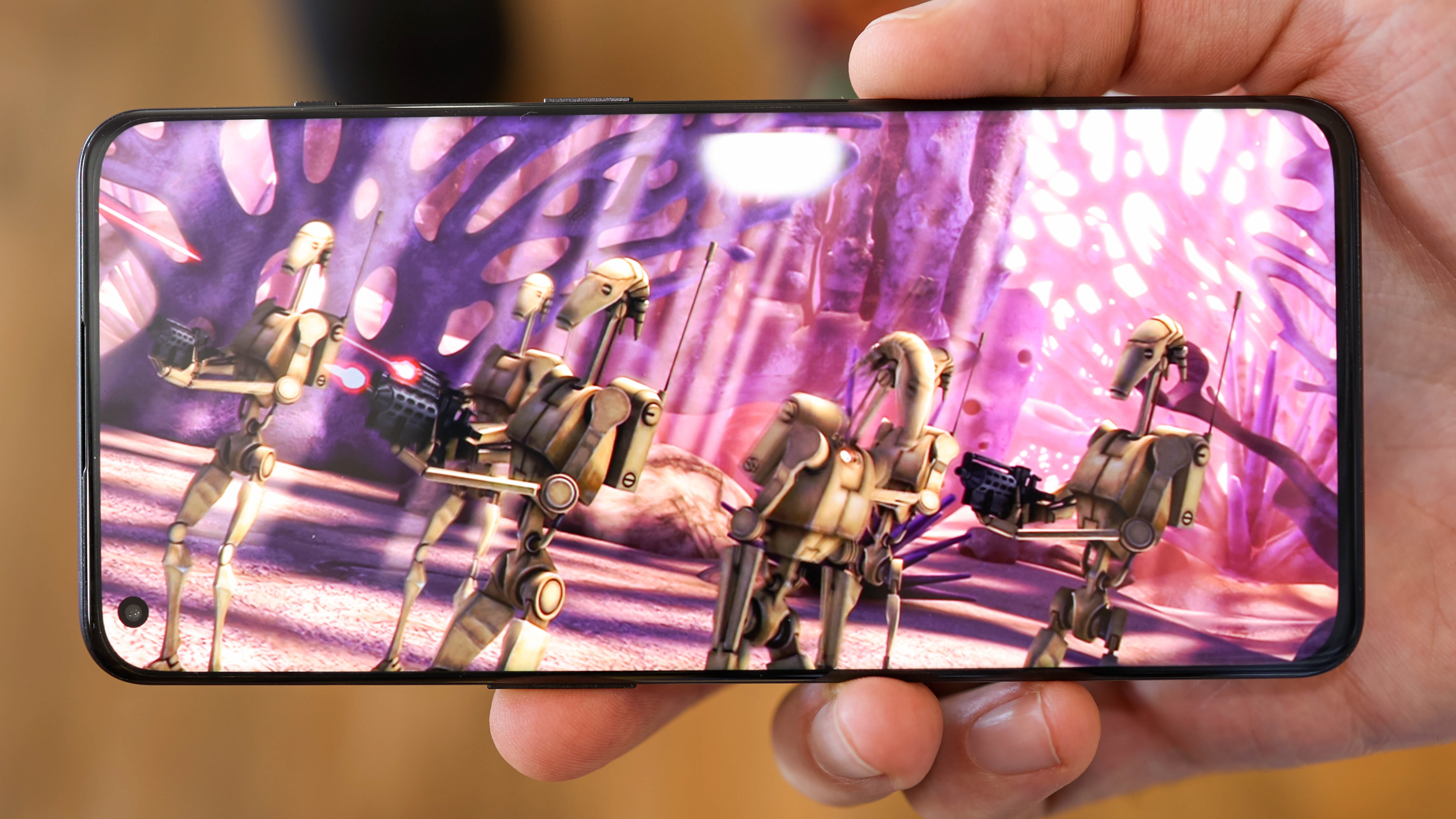
While the camera side of the OnePlus 10 Pro is good, occasionally great, but never jaw dropping, the phone’s performance is consistently excellent for the price.
With a Snapdragon 8 Gen 1 chipset inside, it powers through the latest games, and while its benchmark scores are lower than some competitors like the Xiaomi 12 Pro, it stays cooler when gaming which is a good trade-off in our books.
The phone starts with 128GB storage and 8GB RAM, and you can also pick it up with 256GB storage in certain regions. There’s no SD card slot, as is the case with all OnePlus flagships, so if you think 128GB is too tight a squeeze, stump up for the higher-capacity model.
Running Android 12 with OnePlus’s slick Oxygen OS over the top, the 10 Pro supports the latest apps and games from the Google Play Store, and with fast SuperVOOC 80W wired and 50W wireless, it charges very quickly.
With the charger that ships with the phone, we filled up the large, long-lasting 5000mAh battery in the 10 Pro by 25 percent in 10 minutes, 50 percent in 16 minutes, and 100 percent in 40 minutes – some of the fastest charging times on any mainstream phone
OnePlus 10 Pro: Verdict
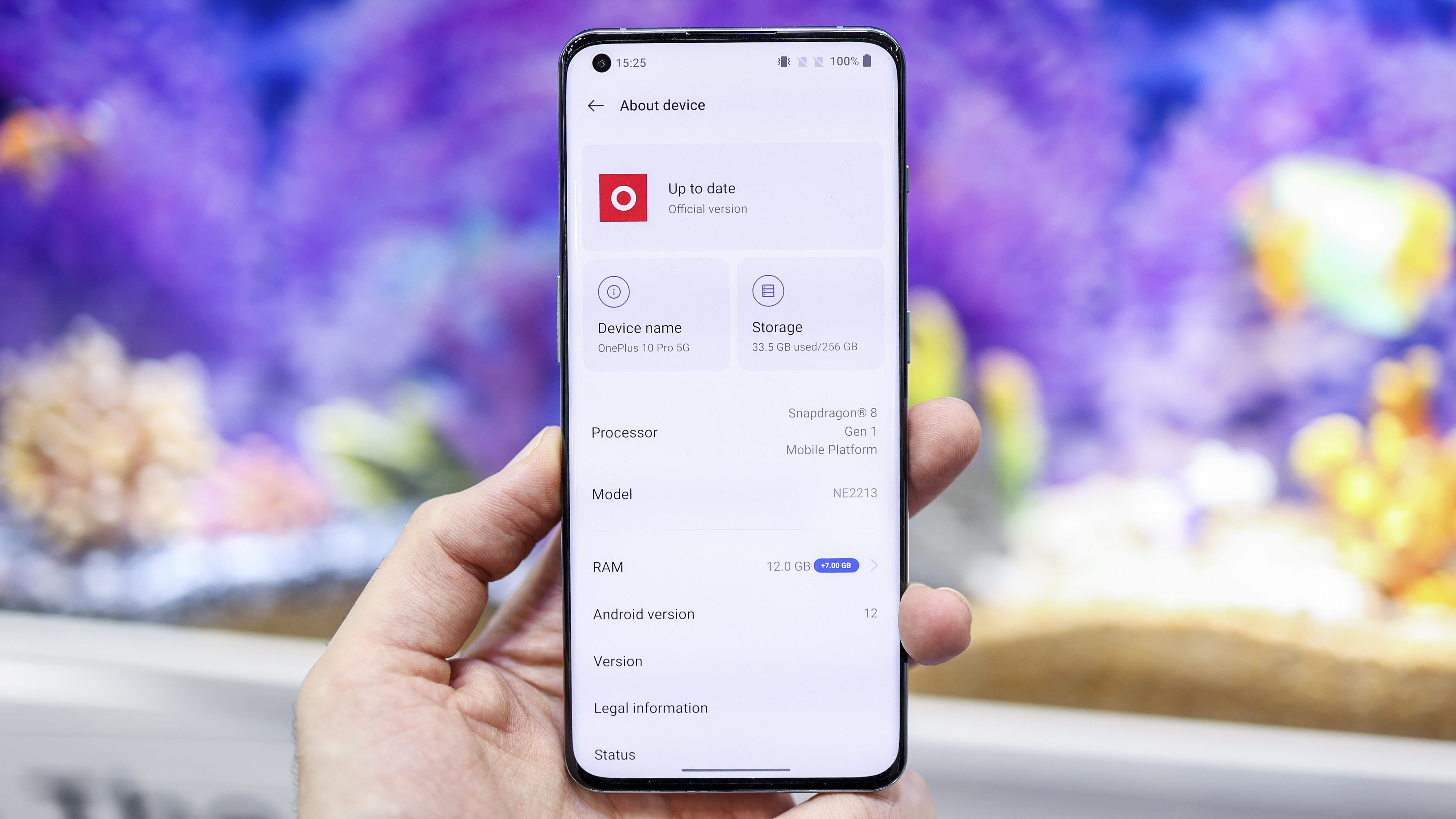
The OnePlus 10 Pro is more than the sum of its parts. With a good-looking body, a stunning screen, and stacks of power, it’s a great gaming phone that also gives you impressive value for money given its $899 / £799 starting price.
While the camera is impressive in areas – photos are processed with pizazz and look rich, detail is fair and the ultra-wide field of view is stellar, there are a handful of quirks that hold the 10 Pro back from being the camera phone the OnePlus 9 Pro was when it launched.
What also holds back the OnePlus 10 Pro’s appeal is the fact Google’s Pixel 6 Pro launched at the end of last year, and costs just a little more in the UK, and the same price in the US.
That’s why while we can wholeheartedly recommend the OnePlus 10 Pro – it’s a great phone, after all, it doesn’t climb to the top of our best camera phones list, and fails to clinch a five-star review like last year’s OnePlus 9 Pro.
Read more
Best camera phones
Best budget camera phones
Best gimbals for phones and cameras
Basil Kronfli is a freelance technology journalist, consultant, and content creator. He trained in graphic design and started his career at Canon Europe before moving into journalism. Basil is also experienced in video production, independently running the YouTube channel TechEdit, and during his time at Future, he worked alongside the Digital Camera World team as a senior video producer.
